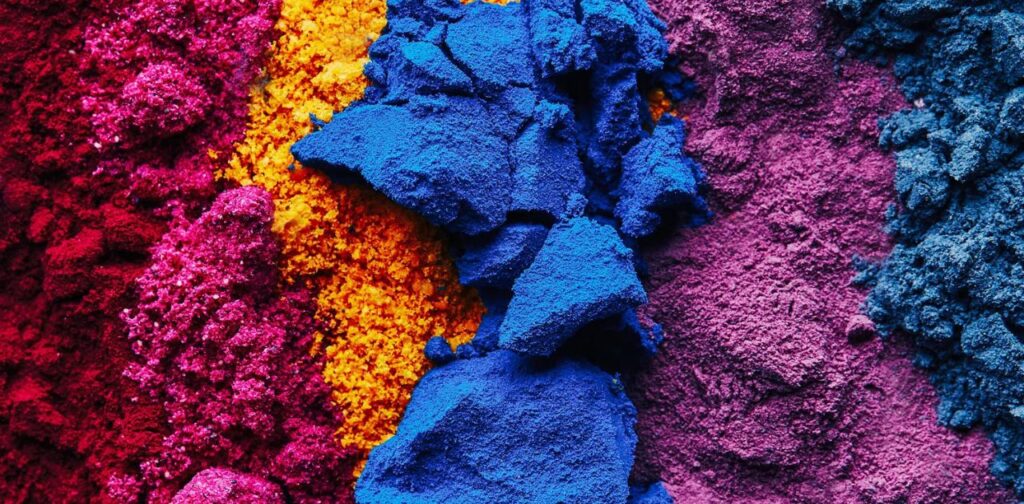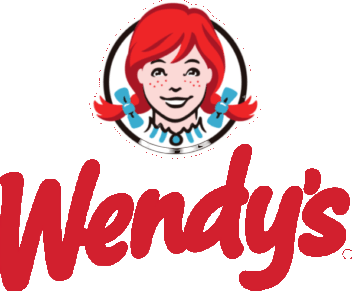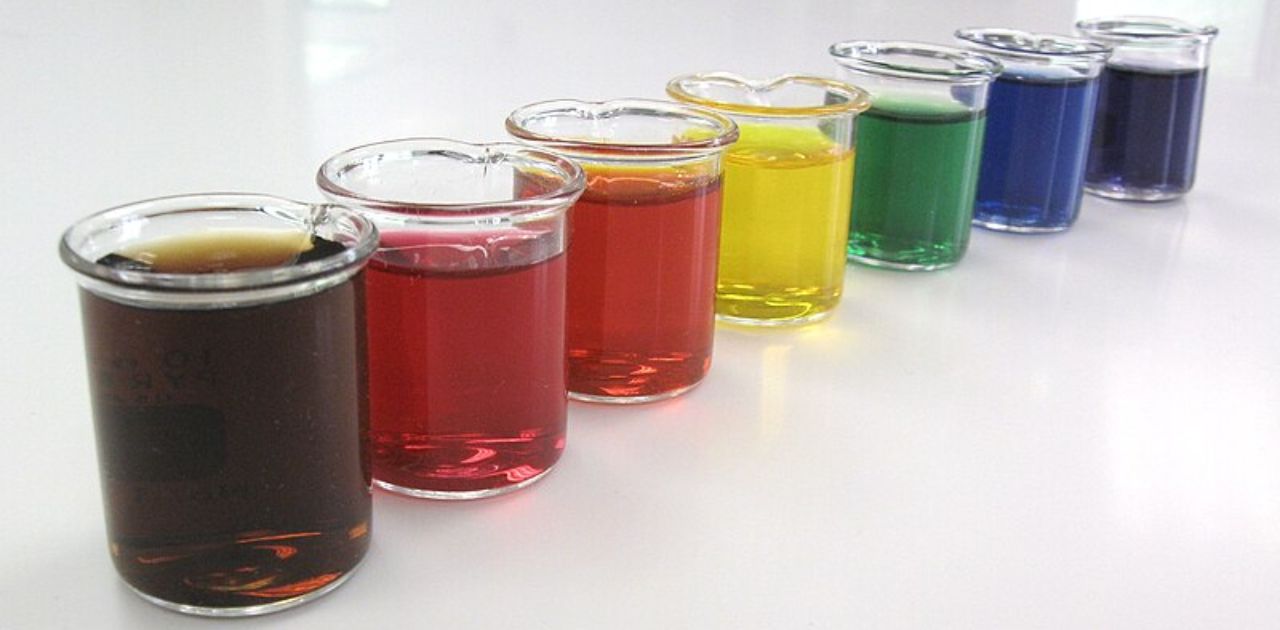Food coloring serves as a versatile tool in the culinary world, adding vibrancy and visual appeal to a wide range of dishes and beverages. However, like any perishable ingredient, food coloring is subject to degradation over time, impacting both its effectiveness and safety.
Understanding the intricate factors influencing its shelf life, recognizing signs of expiration, and implementing proper storage practices are crucial for maximizing its longevity and maintaining optimal quality. In this comprehensive guide, we delve into the complexities of food coloring shelf life, explore the various factors influencing its expiry, and provide practical insights on extending its lifespan through proper storage techniques.
Understanding Food Coloring Shelf Life
Food coloring is a common ingredient used to enhance the visual appeal of various dishes and beverages. However, like many food products, food coloring has a shelf life. Understanding the factors that influence its longevity can help ensure its effectiveness and safety in culinary applications.
Factors Affecting Food Coloring Expiry
Several factors contribute to the expiration of food coloring:
- Ingredients: The composition of food coloring can vary depending on the type and brand. Natural food colorings, derived from plants or minerals, may have different expiration rates compared to artificial colorings containing synthetic additives.
- Exposure to Light: Exposure to light, particularly sunlight, can accelerate the degradation of food coloring. Ultraviolet radiation can break down the chemical compounds responsible for color, leading to fading and loss of vibrancy.
- Temperature: Temperature fluctuations can impact the stability of food coloring. Extreme heat or cold can cause changes in texture and consistency, affecting its performance and shelf life.
- Moisture Content: Moisture can promote microbial growth and cause clumping or caking in powdered food colorings. Excessive humidity can compromise the quality and safety of the product over time.
- Air Exposure: Oxygen exposure can lead to oxidation, resulting in changes in color and flavor. Sealing food coloring containers tightly can help minimize air exposure and prolong shelf life.
Signs Your Food Coloring Has Expired
Knowing the signs of expired food coloring is crucial for maintaining
its quality and safety:
- Change in Color: One of the most obvious signs of food coloring expiry is a change in color. Faded or altered hues may indicate chemical breakdown or degradation.
- Unpleasant Odor: Expired food coloring may develop a rancid or off-putting odor. This can be indicative of bacterial growth or spoilage.
- Clumping or Separation: Powdered food colorings may clump or form lumps when exposed to moisture or air. Liquid colorings may separate into layers or exhibit a thickened consistency.
- Mold Growth: Visible mold growth on the surface of food coloring indicates contamination and spoilage. Mold can pose health risks and should be discarded immediately.
- Change in Texture: Food colorings that have expired may exhibit changes in texture, such as becoming gritty or grainy. This can occur due to moisture absorption or chemical reactions.
- Expiration Date: Check the expiration date printed on the packaging of the food coloring. While it serves as a general guideline, other factors such as storage conditions can influence its actual shelf life.
Extending the Shelf Life of Food Colorings

To prolong the shelf life of food colorings and maintain their quality, consider the following tips:
Proper Storage Techniques for Food Colorings
- Store in a Cool, Dark Place: Keep food colorings away from direct sunlight and heat sources to prevent color fading and degradation. A pantry or cupboard is an ideal storage location.
- Seal Tightly: Ensure that the packaging or containers are tightly sealed to minimize air exposure and moisture ingress. Use airtight jars or resealable bags for powdered colorings.
- Avoid Contamination: Prevent cross-contamination by using clean utensils and avoiding contact with raw ingredients or other contaminants.
- Use Clean Hands: When handling food colorings, wash your hands thoroughly to prevent introducing bacteria or impurities.
- Check for Damage: Inspect the packaging for any signs of damage, such as tears or punctures, which can compromise the integrity of the product.
Does the Type of Food Coloring Impact Its Expiry?
The type of food coloring can influence its shelf life and stability:
- Natural Food Colorings: Derived from plant-based or mineral sources, natural food colorings may have a shorter shelf life compared to artificial counterparts. They are susceptible to oxidation and may fade faster.
- Artificial Food Colorings: Synthetic food colorings are often more stable and have a longer shelf life. However, they may contain additives and preservatives that can affect their longevity.
- Gel Food Colorings: Gel food colorings are concentrated formulations that are less prone to moisture absorption and evaporation. They tend to have a longer shelf life than liquid or powdered varieties.
Conclusion
In conclusion, the shelf life of food coloring is influenced by a multitude of factors, including ingredients, exposure to light, temperature fluctuations, moisture content, and air exposure. By understanding these variables and being vigilant for signs of expiration, such as changes in color, odor, texture, or mold growth, individuals can ensure the quality and safety of their food colorings.
Proper storage techniques, such as storing in a cool, dark place, sealing tightly, and avoiding contamination, play a pivotal role in prolonging shelf life and preserving color intensity. Whether using natural, artificial, liquid, or gel food colorings, adherence to these guidelines can enhance the longevity and effectiveness of these culinary additives. By incorporating these practices into culinary routines, individuals can unleash their creativity while ensuring the vibrant presentation and palatability of their creations for years to come.
FAQ’s
What is the shelf life of food coloring?
The shelf life of food coloring varies depending on factors such as the type (natural or artificial), storage conditions, and packaging. Generally, liquid food colorings may last up to 2-3 years, while powdered or gel colorings can remain viable for 3-5 years if stored properly.
How can I tell if my food coloring has expired?
Signs of expired food coloring include changes in color, such as fading or alteration, unpleasant odor, clumping or separation, mold growth, and changes in texture. Additionally, checking the expiration date on the packaging can provide guidance.
Can I still use food coloring past its expiration date?
While food coloring may still be safe to use past its expiration date, its effectiveness and quality may be compromised. It may not achieve the desired color intensity, and consuming expired food coloring or products containing expired colorings could potentially lead to undesirable taste or texture.
Does the type of food coloring impact its expiry?
Yes, the type of food coloring can influence its shelf life. Natural food colorings derived from plant-based or mineral sources may have a shorter shelf life compared to artificial colorings. Additionally, gel food colorings tend to be more stable and have a longer shelf life compared to liquid or powdered varieties.
Read more: 5 Easy Steps to Remove Food Coloring Stains from Skin

